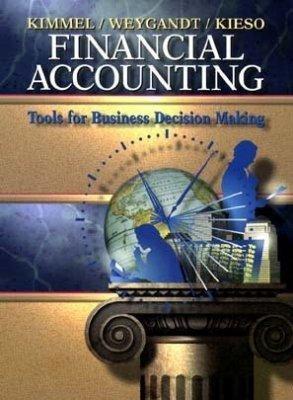Chapter 17 Activity-Based Costing and Analyss nalysis with ABC prtment A. In department B, the tents are sewn and folded. The activo specifications nwide overhead with these two manufacturing processes ities, costs and drivers associated Tent Pro produces two lines of tents sold to outdoor m 17-58 and the company'"s production support activities follow Overhead Cest 64,400 50,430 P1 P3 60 Pattern alignment Machine hours Moving product $327,600 Direct labor hours 4.200 Department B Sewing 47880 Units 22,800 Design Providing space Materials handing $280,000 51,600 Modification orders Square feet Square yards 280 8,600 920,000 Support $515,600 Additional production information on the two lines of tents follows. Pup Tent Pop-up Tent 15,200 units 800 moves 7,600 units 1,600 moves 420 batches 360 inspections 5,300 MH 1,600 DLH 210 modification orders 4,300 square feet Units produced Moves 140 batches Number of inspections Machine hours Direct labor hours Modification orders 240 inspections 7,000 MH 2.600 DLH 70 modification orders 4,300 square feet 450,000 square yards Space occupled Material required 470,000 square yards Required 1. Using a plantwide overhead rate based on direct labor hours, compute the overhead cost that is as- 2. Using the plantwide overhead rate, determine the total cost per unit for the two products if the direct 3. If the market price of the pup tent is $65 and the market price of the pop-up tent is $200, determine the 4. Using ABC, compute the total cost per unit for each tent if the direct labor and direct materials cost is 5. If the market price is $65 per pup tent and $200 per pop-up tent, determine the gross profit per unit for 6. Would your pricing analysis be improved if the company used, instead of ABC, departmental signed to each pup tent and each pop-up tent. materials and direct labor cost is $25 per pup tent and $32 per pop-up tent. gross profit per unit for each tent. What might management conclude about the pup tent? $25 per pup tent and $32 per pop-up tent. each tent. Comment on the results rates determined using machine hours in department A and direct labor hours in department b Explain







